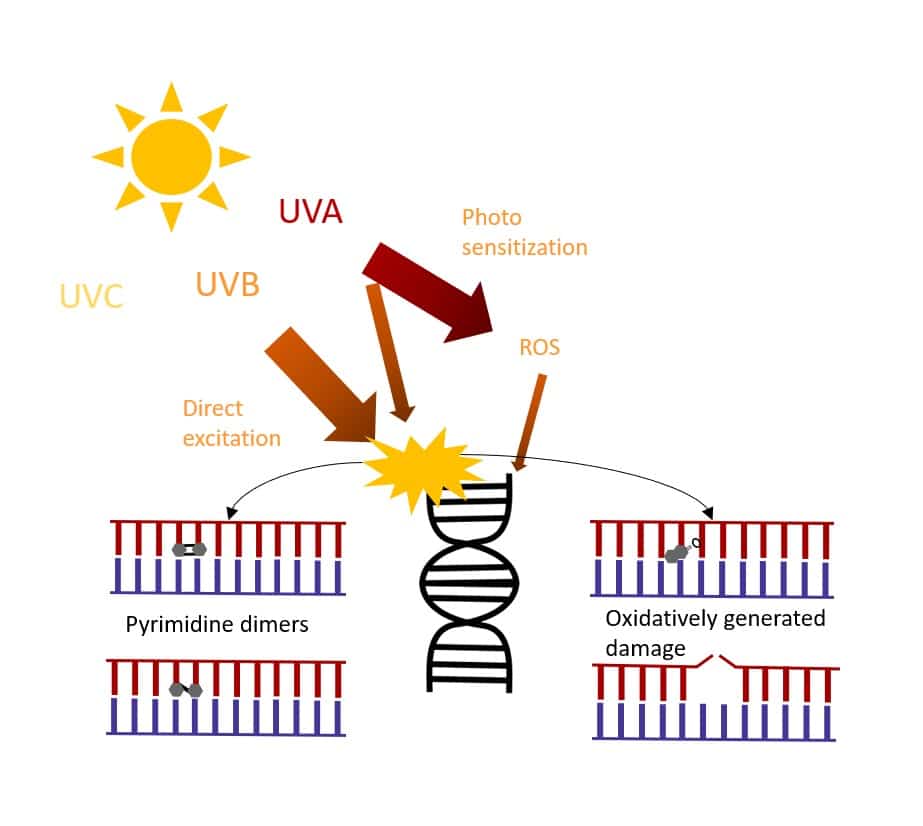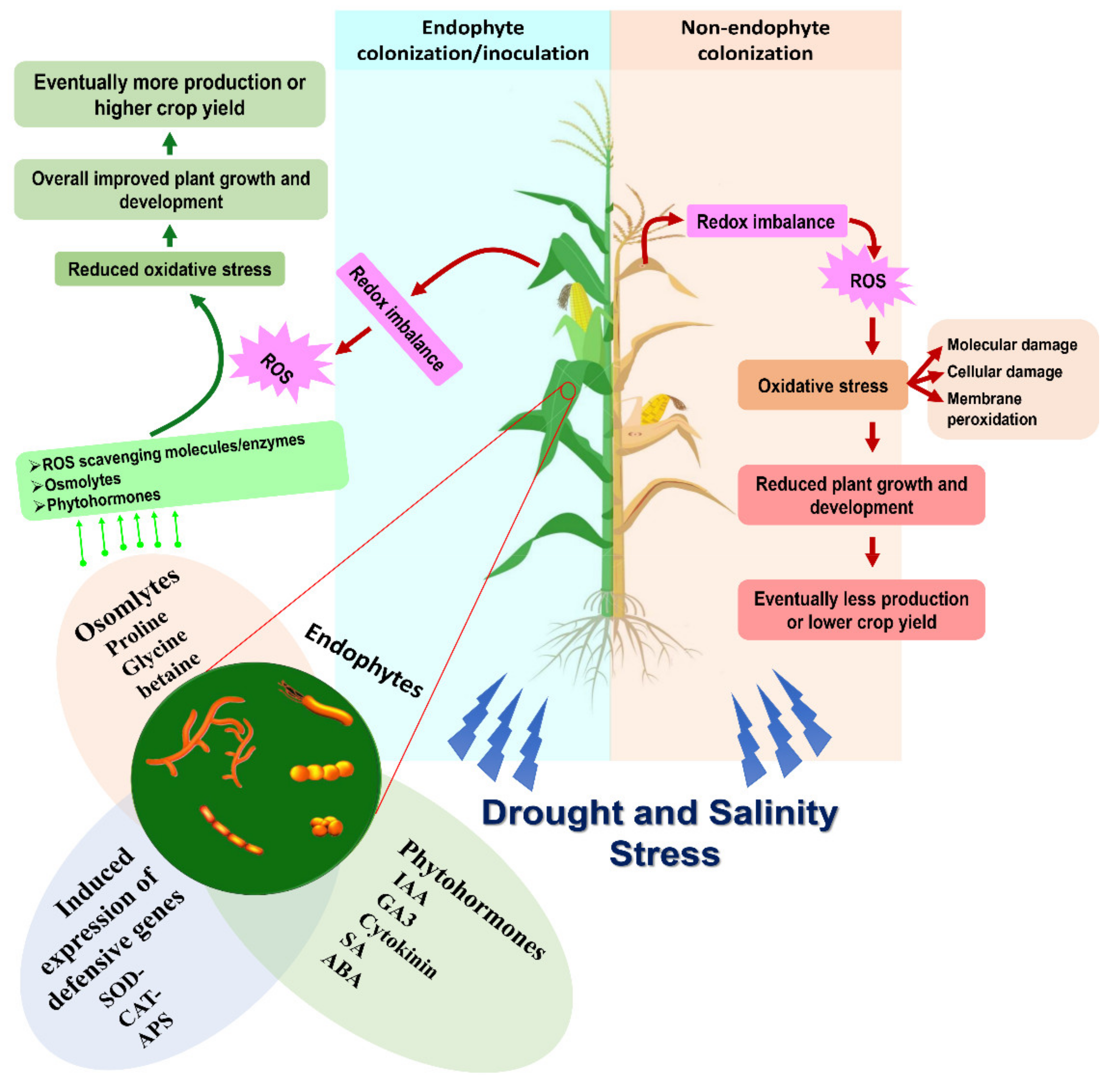Which of the Following Types of Radiation Can Damage Microbes
Food irradiation improves food safety and extends product shelf life preservation by effectively destroying organisms responsible for spoilage and foodborne illness inhibits sprouting or ripening and is a means of controlling insects and. Mostly radiation at low wavelengths eg UV radiation and ionic radiation X-rays is harmful for microbes causing DNA damage.

How Uv Light Damages Dna A Quick And Easy Guide
And Frankia spp bacterial endophytes that can colonize some or a portion of a plants interior tissues and cyanobacteria formerly called blue-green algae.

. The bacteria that can promote plant growth that is PGPB include those that are free-living those that form specific symbiotic relationships with plants eg Rhizobia spp. Cultivation-based microbial assays are still the standard forward contamination control method in part because of the lack of comparability with molecular methods and also. UV radiation causes damage by forming intra-strand thymidine dimers causing inhibition of biological activity such.
Electromagnetic radiation breaks down the all-important bloodbrain barrier causing the death of neurons which can result in early dementia and Alzheimers disease. Food irradiation is the process of exposing food and food packaging to ionizing radiation such as from gamma rays x-rays or electron beams. Radiation treatment is an option for spacecraft components that can tolerate it and newer molecular-level contamination detection methods may also be employed to characterize biological loads.
These radiations target DNA by producing single or double strand breaks and changing the structure of nucleic acid bases. Removal of vegetation following a fire can cause several effects on the soil such as increasing the temperatures of the soil during the day due to increased solar radiation on the soil surface and greater cooling due to loss of radiative heat at night. Have shown in a quantitative study that natural transfer of viable microbes from Mars to Earth and vice versa via Martian rocks of at least 1 m is a highly probable process that could have.
On the other hand these microbes and their metabolites not only affect the development of the host mucosal immune system angiogenesis repair and renewal of the intestinal epithelium as well as maintenance. Just 5 minutes of Wi-Fi exposure can cause cell mutation oxidation and rouleaux all of which are associated with illness and disease. On the one hand the host provides a stable and nutrient-rich living environment for microbes and enables selective colonization for some microbes.
Taking into account the probability of survival with respect to the complex mixture of hazards in space that is radiation damage DNA decay by hydrolysis and vacuum exposure Mileikowsky et al. Fewer leaves to intercept rain will also cause more rain to reach the soil surface and with fewer plants to absorb the water the.

Microorganisms Free Full Text The Potential Application Of Endophytes In Management Of Stress From Drought And Salinity In Crop Plants Html

New Scientist Australian Edition Back Issue January 02 2016 Digital New Scientist Scientist Earth Science

Comments
Post a Comment